

There isn’t much to say about the Guild Wars 2 World Tournament Series. Literally. Not much happened.

Bored.
Even though over 3,000 viewers tuned in for the 4am (EST) Twitch feed, language issues, technical difficulties, poor video quality, buggy sound, and gaps in the content kept anyone from seeing anything. Even now the whole event seems to have been pushed under the rug somewhat.
The gameplay itself, what little happened, was good.
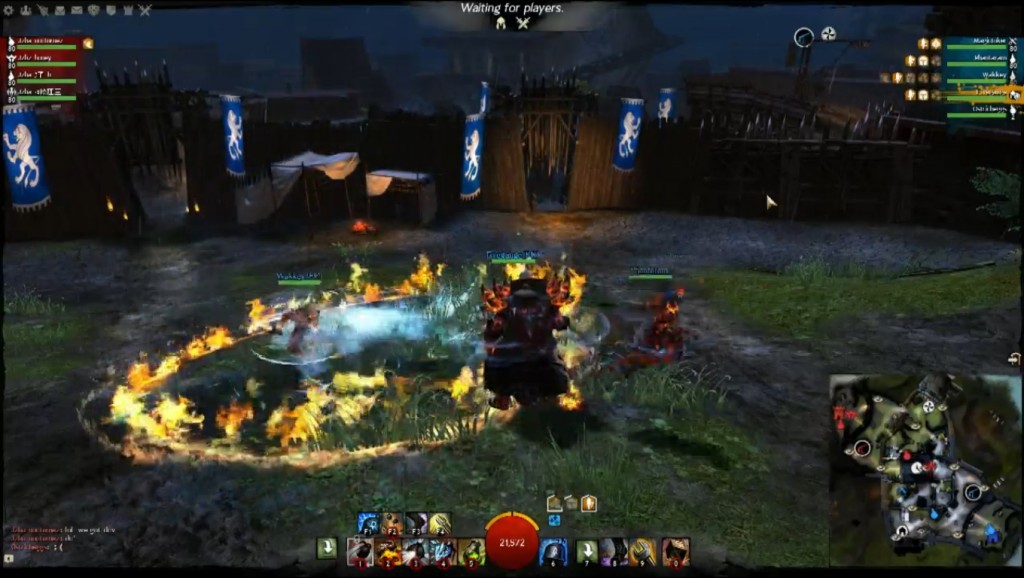
North American team The Abjured faced off against Chinese Team Sala. Although it took over an hour for the event to begin, the match itself was fun to watch. The games played were stronghold-style team fights; players fought to control waypoints in various places around a map. Players gained points by holding bases and defeating enemies. On certain maps, objectives and bosses granted extra points and buffs; however, the points and buffs gained from such diversions were so miniscule, neither team took advantage of them. The Abjured swept the best of two series (the final score: 2-0). They won each match by over 300 points.
That’s pretty much it. There are no streams of any of the other matches.
The stream (the only working stream) showed almost thirty minutes of commercials. The same three commercials. Over and over. After about ten minutes of watching them, I muted my television and poured salt in my eyes. Then I watched YouTube videos of paint drying.
Here is a video of paint drying.
When the commercials finally ended, the broadcast was littered with problems. The hosts only spoke Chinese and broken English. Considering most of the game’s fan base is North American, this was a major problem. When the English-speaking broadcasters finally interjected, the opening ceremony was over and match was about to begin. As a result, we, the entire western hemisphere, were unable to understand the first forty minutes of the broadcast.
Also, the English-speaking hosts’ microphones were way too loud. A white noise played beneath them, and every time one of them would speak, he would give off a buzzy feedback. After about five minutes of this, I muted by television and listened to whale calls on YouTube. That made the audio experience much more tolerable.
Here is a video of whale noises.
The hosts, all of them, were awkward. No one knew when to enter or exit, the music played sporadically, and large pockets of airtime were dead air. There was no chemistry between the suited male host and his J-Pop-esque female host. And pregame interviews consisted of hollow questions like “Have you ever been to China?” and “Do you know any Chinese?” The English broadcasters, despite their efforts, floundered through the broadcast, figuring out the soundboard and the video switchboard as the broadcast aired. Their feedback consisted not of producers and stage hands, but of Twitch followers, followers torn between improving the broadcast and making it a train wreck.
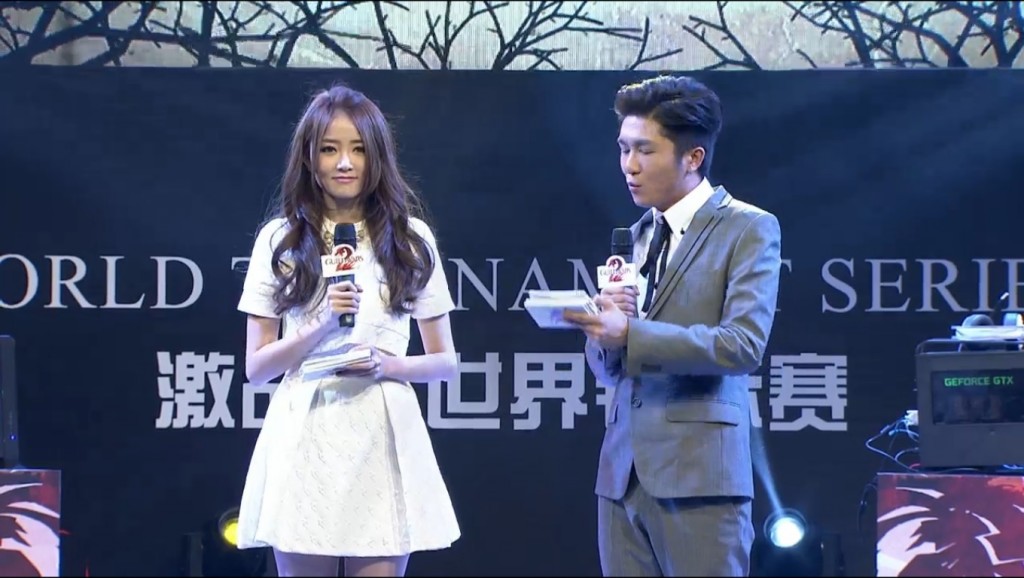
Is it me, or does she look bored?
The studio audience consisted, mostly, of players and their friends. It was laughably small. For online followers to be engaged in a production, they need to see people on-site engaged in it. The audience was tired, static, and unmotivated. No one seemed to care.
And, worst of all, the match ups were (literally) slips of paper picked randomly out of a bowl. No foresight was put into the matches. None, what-so-ever. They just sort of happened. It took almost twenty minutes for the players to set up their computers and log into the system. From there, it took another twenty minutes for moderators to set everything up. All of the production’s budget was wasted on the space. None of it was used on the broadcast. Because of this, the Twitch feed looked less like an international championship and more like an episode of Tim and Eric.
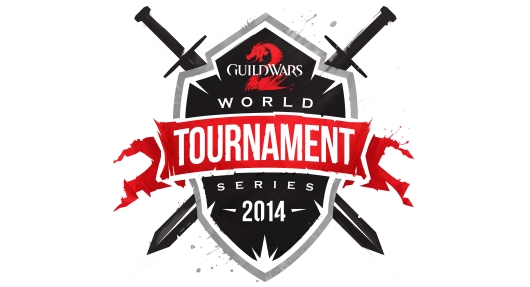
At this point, I feel like a broken record: eSports have come a long way in just two years. DotA 2, SMITE, and League of Legends have grown exponentially, gaining unbelievable followings on cable television, Twitch, and YouTube. World championships for each sport average over $1 million. The viewership numbers for the League of Legends World Championships this year, according to ESPN, outranked both the MLB World Series Finals and the NBA Finals in total viewership numbers.
eSports is a genre that transcends race, sex, income, disability, nationality, and language. It is something people all over the world can relate to, something people everywhere share. The genre has become popular because, in a virtual way, it shows the true heart of humanity. When we sit in front of a computer screen, we are all the same. Everyone plays a part; everyone has a role. And when teams work together, they accomplish something truly awe-inspiring. There is nothing better than watching an underdog gank a champion from the bushed or seeing a 5v5 fight that lasts five minutes. In these moments, people are people in the purest form.
And the industry continues to grow. Amazon bought Twitch earlier this year for almost $1 billion, and Google has made hundreds of millions from YouTube streams. Blizzard has stepped into the eSports game, too, offering live streams of Hearthstone, Starcraft, Heroes of the Storm, and World of Warcraft PvP. At Blizzcon last month, the publisher offered several large prizes for their Hearthstone, Starcraft, and World of Warcraft world championships. The world of eSports is finally changing. The forecast: sunny.
With that, Guild Wars 2 stream is really upsetting. Guild Wars 2 is one of the most popular MMOs on the market. The lore, story, setting, and characters are creative, dynamic, and compelling. The combat is fun and intuitive. This broadcast casts a poor light on Guild Wars 2. It gives the appearance that the developers do not take the game. It makes the game look unprofessional. And, worse, it gives the appearance that the developers care little about their fans.


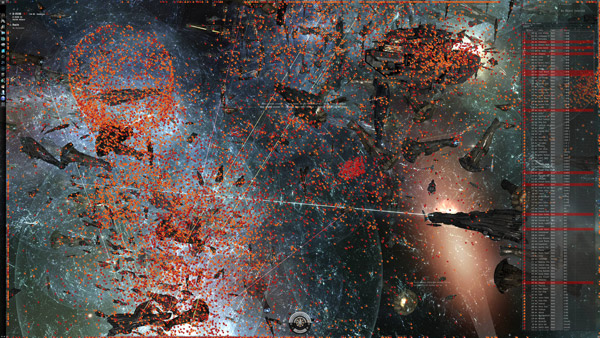
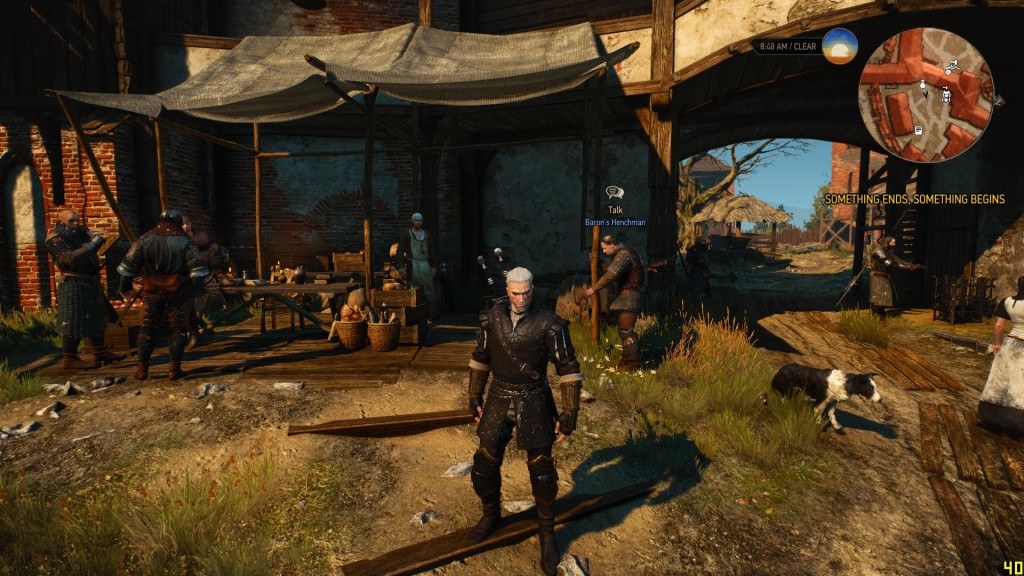
 Fallout Shelter: How to Make Your Dwellers Happy
Fallout Shelter: How to Make Your Dwellers Happy MMOGames Best of 2014 Readers Poll Awards .
MMOGames Best of 2014 Readers Poll Awards .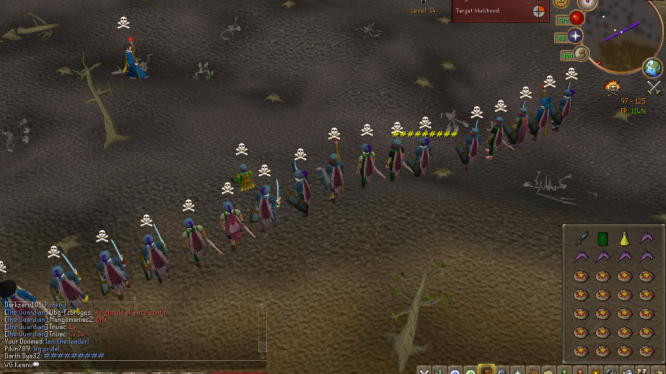 Versus: Battlegrounds vs Open World PvP .
Versus: Battlegrounds vs Open World PvP .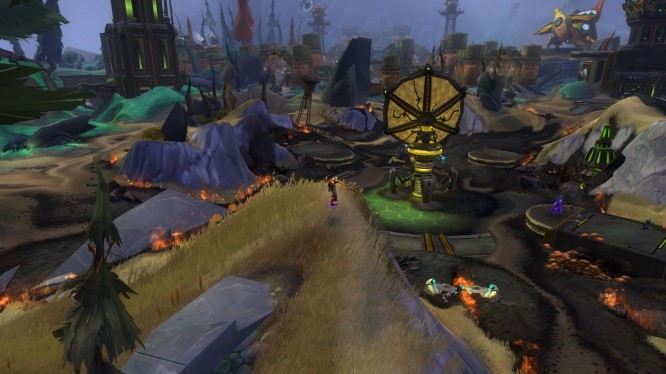 The Nexus Times: Sabotage! .
The Nexus Times: Sabotage! .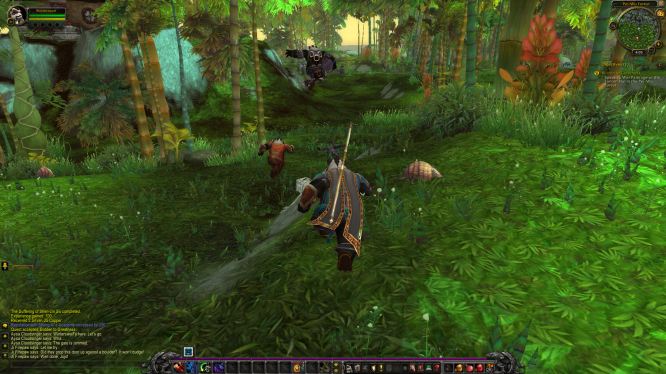 Versus: Razer Naga vs Logitech G600 .
Versus: Razer Naga vs Logitech G600 .